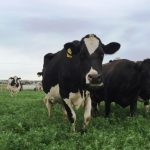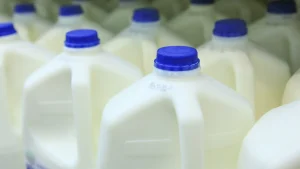
The groups assert that Canada is not fulfilling its obligation for fair market access under the U.S.-Canada-Mexico Agreement (USMCA).
“USMCA negotiations resulted in clear new access for the United States dairy industry. In contrast with virtually all other sectors of the U.S.-Canadian economies, the level of dairy access is tightly prescribed by the agreement. That makes it all the more important that our industry can benefit from the full value of those dairy commitments,” President and CEO of USDEC, Krysta Harden said in a news release. “USMCA lays out clear requirements on TRQ procedures and we urge the U.S. government to ensure full compliance by Canada with those commitments.”
The letter comes as Canadian officials conduct a review of the allocation and administration of TRQs for dairy, poultry, and egg products. Harden explained that even Canadian companies are suffering due to the management of TRQs, along with American dairy farmers and manufacturers. Dairy groups have been steadily raising the issue of Canada’s implementation of the USMCA. Claims have been made that Canada has been directing quotas so that they prevent certain dairy products like cheese from gaining access into the market.
“For too long, prices received by U.S. dairy farmers have been undermined by Canadian dairy policies,” said Jim Mulhern, President, and CEO of NMPF. “Canada is failing to meet its trade obligations by manipulating import license procedures and minimizing the ability of U.S. dairy farmers to have full access to the benefits of USMCA. That needs to stop, and we look forward to working with the Biden Administration to ensure it does.”























